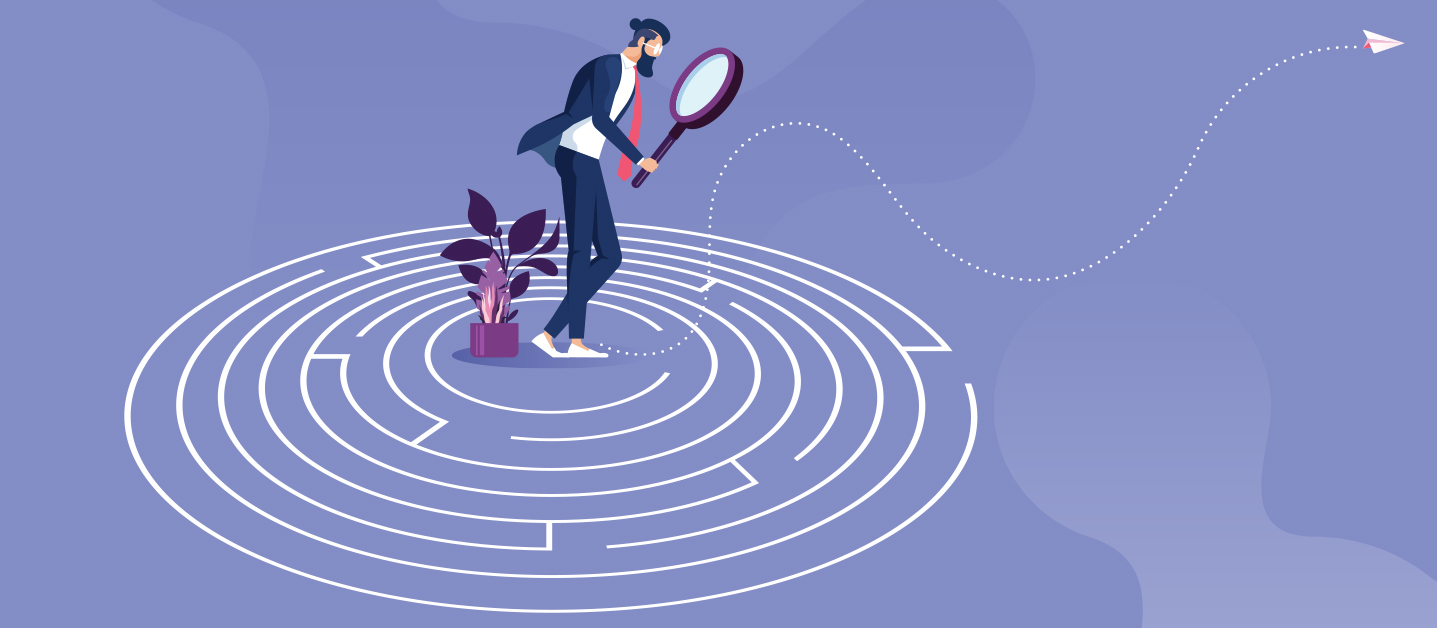Are you feeling stuck? Stuck at work, in a relationship or on a project? Does it feel like there is no way out? I bet you there is. Yes, I know you haven’t been twiddling your thumbs, waiting for your ‘stuckness’ to pass. You feel stuck because you have thought of and tried a million things only to find dead ends. You are exhausted from throwing solutions at your problem. Am I right? Well, the good news is, the first step in the unsticking process is to stop and take a break (twiddle your thumbs if you wish). Once you have caught your breath, we will get curious about the problem and then the solution. Let’s look at why.
Imagine you are swimming at the beach and realise you are being pulled out to sea. You are caught in a strong rip current. You act immediately, swimming frantically towards the shore. When you look up again, you haven’t gone anywhere. You are exhausted but start thrashing wildly again. While it makes sense that swimming to shore is an automatic reaction; it’s not the solution. What you need to do instead is stop and float. From here you can alert you need help and conserve energy until you are out the back of the rip. I think this is a good analogy for what we do when problems arise, we react with the first and quickest solutions rather then think things through. This can make the problem worse, we become more frantic to solve it and eventually collapse with exhaustion.
So, what does floating look like if your problem isn’t being caught in a rip? It is a period of problem-solving inactivity. It’s a time for you stop, get your bearings and calm your nervous system. For example, if your problem is at work, stay away from Seek for a moment. Starting a new job might be transferring the problem not solving it. You need to be calm enough to be able to step back and understand the underlying issue. This is where back to basics self-care comes in. Self-care is your refuelling station when you’re out of gas. Take a moment now to think: what drains your tank and what refuels it? How can I reallocate time away from the energy drainers and to the energy gainers?
With some energy restored we can start to get curious about the problem. What are the ins and outs of it? To do this, imagine you are a child or an investigative journalist or even a therapist. Basically, someone who asks a lot of curious questions. A good strategy is to direct questions at the problem, not yourself. Let’s look at an example. I’m going to suggest you put procrastination in the interview chair. I’m sure you are procrastinating something. Picture procrastination sitting opposite you and ask it these questions. What are you avoiding doing? Why are you avoiding it, what discomfort are you anticipating? What is your history with this discomfort? When have you felt most powerful and why? When have you felt defeated and why?
You can keep going if you like or place another problem in the hot seat. Ask your problem about values, beliefs, and expectation they have. Keep probing until you feel you have a much broader understanding of the problem. Can you see any patterns or themes emerge? Is a core belief or value conflict driving the problem? These are the golden threads. They can be hard to find at first, but I promise when you do, you will experience a moment of clarity. You won’t know all the answers, but you will have a clearer sense of direction: pivot or keep going. Once you know the direction, you can start moving.
Oh look, we have reached the end of the blog and I haven’t had a chance to talk about solutions yet. I’m sorry I wasn’t completely upfront with you (there was a hint in the title), I really wanted you to read this one. I knew if I said we are only discussing the problem and not the solution today, I’d likely lose you. My post of a similar theme Pausing your Pain-Killing Machine is proof of this, it was my least read blog. However, I promise you a follow up edition with the final steps to get you unstuck. If you don’t want to wait for that one, a great book to help you get unstuck is Anatomy of a Breakthrough by Adam Atler. Alternatively, if you would like my help, getting curious about your problem and how to get unstuck, I’d love to hear from you.
Book now or get in touch michelle@bluewrentherapy.com.au

